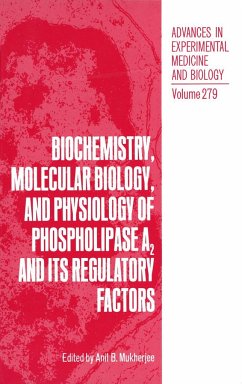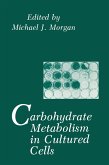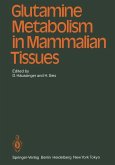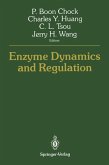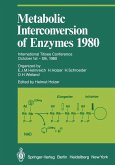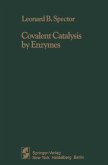During the past decade there has been a dramatic expansion of our knowledge on phospholipases in general, and phospholipase A2 (PLA2) in particular. Progress in this field has been evident on many fronts, with novel information rapidly accumulating in the literature regarding the chemistry and molecular biology of this enzyme and its role in many important physiological processes. These include cellular signal transduction via the G-protein cycle, and in the generation of many cellular mediators, such as the platelet activating factor (PAF) and the eicosanoids that participate in the initiation and propagation of inflammation, to mention a few. This symposium was organized to obtain an overview of current investigations on this enzyme from the standpoint of its chemistry, molecular biology and physiology. Another important focus of this symposium concerns the regulation of PLA2, including endogenous and synthetic inhibitors and activators of this enzyme. To review these important areas in PLA2 research we invited scientists who made significant contributions in this field. The papers in this volume are organized to emphasize the recent advances in several areas of investigation, including: (I) the structure and mechanism of action of PLA2, (2) mechanism of activation of PLA2, (3) molecular biology, physiology and endogenous inhibitors of this enzyme and finally, (4) clinical investigations emphasizing the pathophysiological role of this enzyme in human diseases. The first article in this volume is by Dr.

